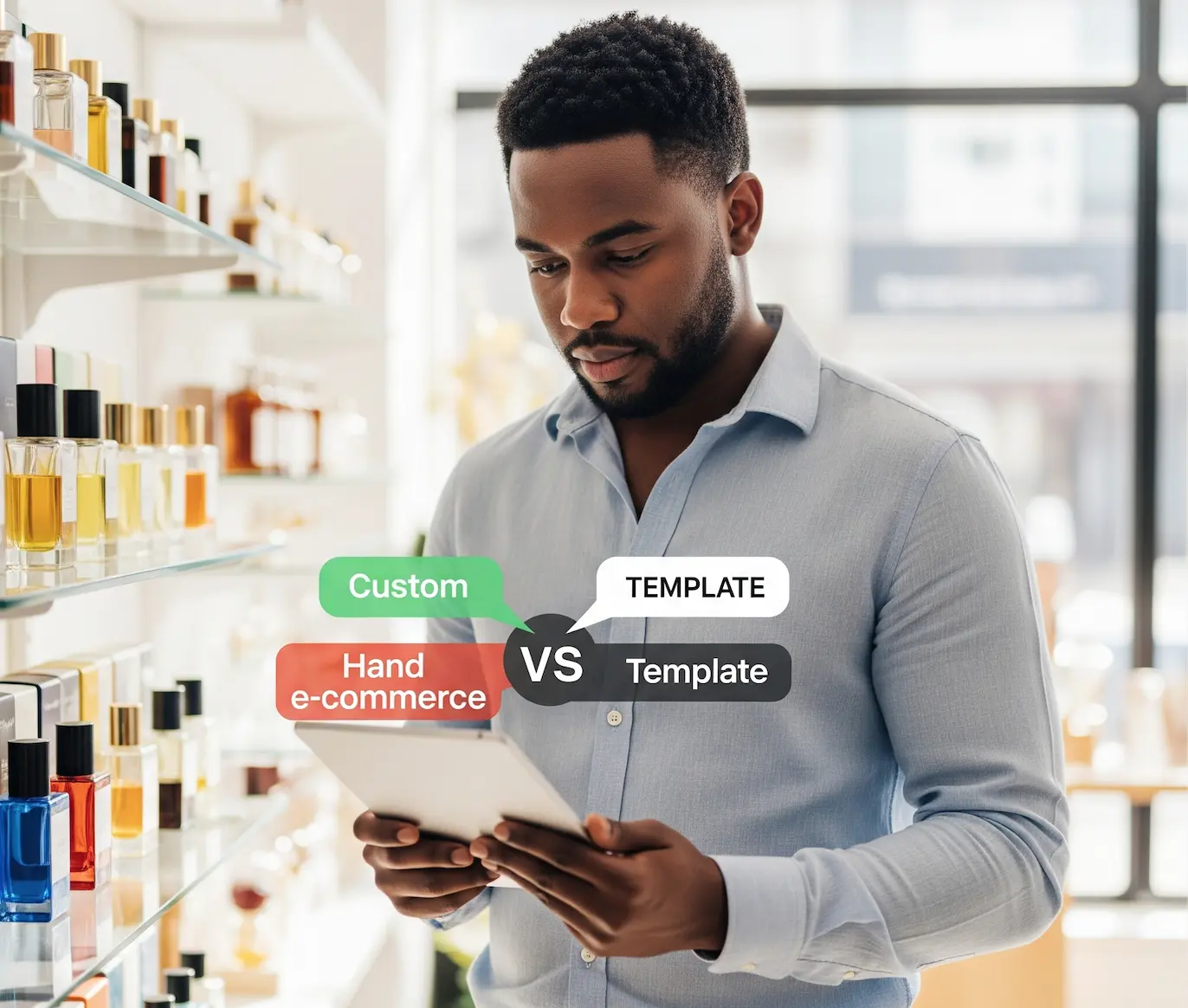
The Future of SEO for E-Commerce Products: A Simple Guide to Staying Ahead
Introduction
The world of e-commerce is evolving rapidly, and so is search engine optimization (SEO). Gone are the days when stuffing keywords into product descriptions was enough to rank. Today, search engines—and increasingly, AI-powered assistants—prioritize relevance, user experience, and structured data.
If you’re running an online store, you need to adapt now or risk getting left behind. This guide breaks down the future of e-commerce SEO in simple terms, with practical steps to ensure your product pages remain visible and competitive.
1. AI and SEO: Why Your Product Pages Need to Be AI-Friendly
Search engines like Google now use AI (such as Gemini, GPT-5, and other large language models) to understand and rank content. This means:
- Traditional keyword stuffing no longer works – AI looks for natural, helpful content.
- Context matters more than ever – AI understands user intent, not just keywords.
- AI-generated product descriptions can help (if done right) – Tools like ChatGPT and Shopify Magic can speed up content creation, but human refinement is still crucial.
How to Optimize for AI Search:
✅ Write detailed, natural-sounding descriptions – Include features, benefits, and usage scenarios.
✅ Use structured data (Schema markup) – Helps AI understand product details like price, availability, and reviews.
✅ Leverage AI tools for efficiency – Generate drafts with AI, then refine for accuracy and personality.
2. Voice Search: The Next Big Frontier
By 2026, over 50% of searches will be voice-based (thanks to Siri, Alexa, and Google Assistant). This changes how people search:
- Queries are longer and conversational (e.g., “Where can I buy a durable wireless keyboard under $50?”).
- Local intent is stronger (“Find sneaker stores near me”).
How to Optimize for Voice Search:
✅ Target long-tail, question-based keywords – Use tools like AnswerThePublic to find common queries.
✅ Optimize for local SEO – Add location-based keywords if you have a physical store.
✅ Use FAQ sections – Answer common customer questions in a natural, spoken tone.
For more information about how to optimize voice search, read Voice Search Optimization for E-Commerce
3. Visual and Video SEO: Beyond Text
Google and social platforms now prioritize images, videos, and even AR/VR content.
- AI-powered image recognition (like Google Lens) means alt text and file names matter more than ever.
- Shoppable videos (TikTok, Instagram, YouTube) allow direct purchases from clips.
How to Optimize for Visual Search:
✅ Use high-quality, original images – AI can detect stock photos.
✅ Add descriptive alt text – Example: “Organic cotton t-shirt in navy blue” instead of “IMG_1234.”
✅ Embed product videos – Show usage, unboxing, and customer testimonials.
4. Personalization: The Key to Higher Conversions
AI now personalizes search results based on:
- Past purchases
- Browsing history
- Location and device
How to Personalize Your Product Pages:
✅ Use dynamic content – Show different product recommendations based on user behavior.
✅ Leverage AI chatbots – Offer instant product suggestions (e.g., “You liked this? Try this too!”).
✅ Segment email campaigns – Send tailored product suggestions based on past interactions.
5. Zero-Click Searches & Featured Snippets
Many searches now end without a click (thanks to Google’s instant answers). To win these spots:
✅ Optimize for “position zero” – Provide clear, concise answers to common questions.
✅ Use bullet points and tables – Easier for AI to extract and display.
✅ Target question-based queries (e.g., “What’s the best budget gaming laptop?”).
6. The Rise of AI Shopping Assistants
Soon, AI agents (like ChatGPT Plugins, Google’s AI Shopping) will browse stores for users. To prepare:
✅ Ensure your product data is structured (use Schema.org markup).
✅ Keep pricing and inventory updated – AI won’t recommend out-of-stock items.
✅ Focus on reviews and ratings – AI favors highly-rated products.
7. Core Web Vitals & Mobile Experience
Google prioritizes fast, mobile-friendly sites. If your store is slow:
🚫 Higher bounce rates → 🚫 Lower rankings
How to Improve:
✅ Optimize images (compress without losing quality).
✅ Use a fast hosting provider (avoid cheap shared hosting).
✅ Test mobile usability (Google’s Mobile-Friendly Test tool).
8. The Role of Social Commerce in SEO
Social platforms (TikTok Shop, Instagram Shopping) now rank in search results.
✅ Sync product catalogs – Link Shopify with Meta/Facebook.
✅ Encourage user-generated content – Reviews and unboxing videos boost trust.
✅ Use hashtags strategically – Helps discovery on social search.
Final Thoughts: Future-Proofing Your E-Commerce SEO
The future of e-commerce SEO is AI-driven, visual, and personalized. To stay ahead:
- Write for AI, not just keywords – Be helpful, detailed, and natural.
- Optimize for voice and visual search – Think beyond text.
- Improve user experience – Speed, mobile-friendliness, and personalization matter.
- Stay updated – SEO changes fast; adapt or fall behind.
By implementing these strategies now, you’ll ensure your product pages remain visible—no matter how search evolves.
Our Templates
The Turnkey Commerce Suite.
Our Trending blogs










Myrachanto
I help ecommerce businesses scale faster with tech-driven SEO and high-performance web development. With 5+ years of full-stack expertise, I specialize in:
Ecommerce SEO
Optimizing product pages, structured data, and site architecture to boost organic traffic.
Blazing-Fast Stores
Building with React.js, Next.js, Qwik.js, and Golang for speed and conversions.
I write about ecommerce growth—from technical SEO to conversion-focused development—so store owners and marketers can leverage tech for real results.





